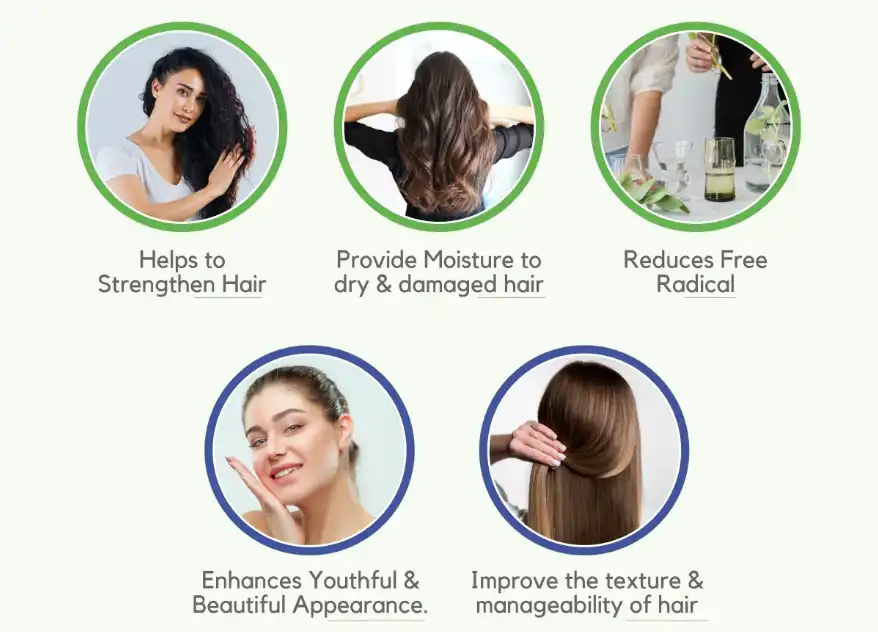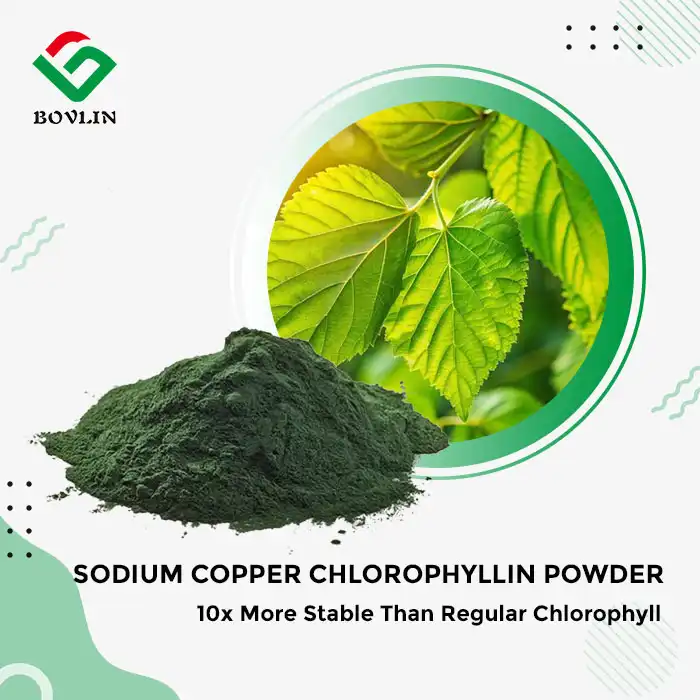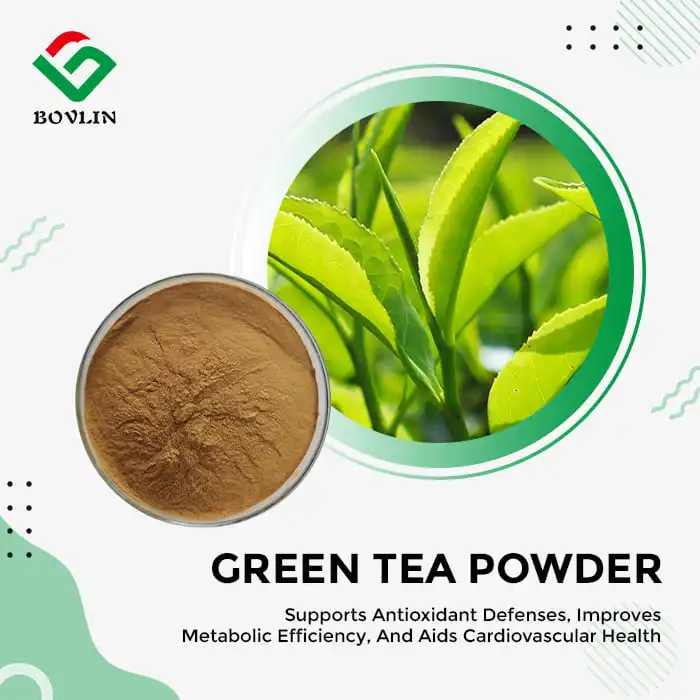How Hydrolyzed Wheat Protein Strengthens Hair Structure?
Penetration and Bonding
Hydrolyzed wheat protein's effectiveness lies in its ability to penetrate the hair shaft. The hydrolysis process breaks down the protein into smaller molecules, allowing it to easily enter the hair cuticle. Once inside, these protein fragments form bonds with the hair's internal structure, reinforcing it from within. This deep penetration and bonding action contribute significantly to strengthening the hair fiber, making it more resilient against daily stressors and environmental damage.
Increased Elasticity
One of the key benefits of hydrolyzed wheat protein is its capacity to enhance hair elasticity. As the protein molecules integrate with the hair's keratin structure, they improve the hair's ability to stretch and return to its original shape without breaking. This increased elasticity is crucial for preventing hair breakage, especially when styling or exposing hair to heat treatments. Hair that is more elastic is less prone to snapping under tension, resulting in reduced hair loss and improved overall hair health.
Keratin Supplementation
While hydrolyzed wheat protein is not identical to keratin, it serves as an excellent supplement to the hair's natural keratin content. Keratin is the primary structural protein in hair, responsible for its strength and integrity. Hydrolyzed wheat protein shares similar properties and can help fill in gaps or weak spots in the hair's keratin structure. This supplementation strengthens the hair shaft, making it more resistant to damage and breakage. The result is hair that feels stronger, looks healthier, and withstands daily wear and tear more effectively.
Moisturizing and Conditioning Properties for Hair Health
Humectant Properties
Hydrolyzed wheat protein acts as a powerful humectant, attracting and retaining moisture within the hair shaft. This moisture-binding capability is essential for maintaining optimal hair hydration levels. Well-hydrated hair is more pliable, less prone to frizz, and has a smoother appearance. The humectant properties of hydrolyzed wheat protein help create a protective barrier around the hair, preventing moisture loss and keeping hair soft and manageable even in dry or humid conditions.
Improved Hair Texture
The conditioning effects of hydrolyzed wheat protein and wheat peptide contribute significantly to enhancing hair texture. As the protein molecules coat the hair shaft, they help to smooth the cuticle layer, reducing roughness and improving the overall feel of the hair. This smoothing action results in hair that feels silkier and more luxurious to the touch. Additionally, the improved texture translates to better light reflection, giving hair a healthier, more vibrant shine.
Volume Enhancement
For those seeking to add body and volume to their hair, hydrolyzed wheat protein offers a natural solution. The protein molecules temporarily plump up the hair shaft, creating the appearance of fuller, thicker hair. This volumizing effect is particularly beneficial for fine or thinning hair, as it helps to create a more voluminous look without weighing the hair down. The lightweight nature of hydrolyzed wheat protein ensures that hair retains its natural movement and bounce while enjoying enhanced volume.

Use in Hair Repair Treatments and Damage Prevention
Cuticle Protection
Hydrolyzed wheat protein plays a crucial role in protecting the hair's cuticle layer, which is the outermost part of the hair shaft. By forming a protective film over the cuticle, it helps to seal down the hair's scales, preventing moisture loss and reducing the risk of environmental damage. This protective action is particularly important for color-treated or chemically processed hair, as it helps to maintain the integrity of the cuticle and prolongs the life of hair treatments. The result is hair that looks healthier, feels smoother, and is better equipped to withstand daily styling and environmental stressors.
Heat Damage Mitigation
In the context of heat styling, hydrolyzed wheat protein serves as a valuable protective agent. When incorporated into heat protectant formulations, it creates a barrier between the hair and high temperatures from styling tools. This barrier helps to distribute heat more evenly across the hair shaft, reducing the risk of hot spots that can lead to severe damage. The protein's moisturizing properties also help to counteract the drying effects of heat styling, keeping hair hydrated and less susceptible to brittleness and breakage caused by thermal stress.
Split End Reduction
Split ends are a common hair concern that can be addressed with the help of hydrolyzed wheat protein. While it cannot permanently repair split ends, it can significantly reduce their appearance and prevent their formation. The protein works by temporarily binding the frayed ends together, giving a smoother, more polished look to the hair. Moreover, the strengthening properties of hydrolyzed wheat protein help to fortify the hair shaft, making it less prone to splitting in the first place. Regular use of products containing this ingredient can contribute to maintaining healthier hair ends and reducing the frequency of trims needed to manage split ends.
Conclusion
Hydrolyzed wheat protein stands out as a multifaceted ingredient in hair care, offering a wide array of benefits that address various hair concerns. From strengthening the hair structure and improving elasticity to providing deep moisturization and protection against damage, its versatility makes it an invaluable component in professional hair care formulations. As the demand for effective, plant-based hair care solutions continues to grow, hydrolyzed wheat protein remains at the forefront of innovative hair care technology, promising healthier, stronger, and more beautiful hair for consumers worldwide.

Contact Us
Are you interested in incorporating hydrolyzed wheat protein into your hair care product line? Discover the transformative power of this remarkable ingredient for your formulations. Contact Shaanxi Bolin Biotechnology Co., Ltd. today at sales1@bovlin.com to learn more about our high-quality hydrolyzed wheat protein powder and how it can elevate your hair care products to new heights.











